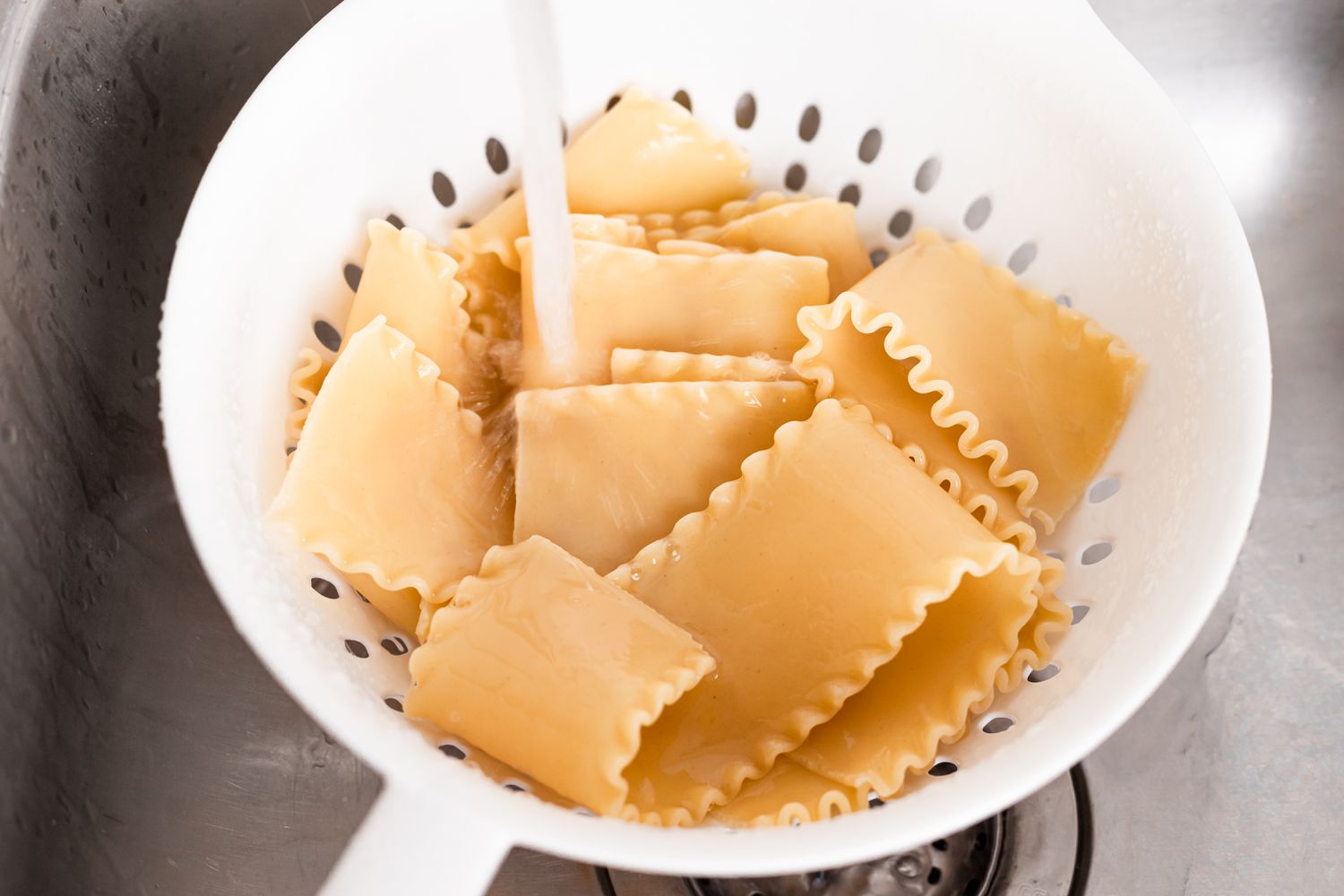

Articles
How To Store Cooked Lasagna Noodles
Modified: December 7, 2023
Learn how to store cooked lasagna noodles easily and effectively with our informative articles. Keep your leftovers fresh and ready for future meals.
(Many of the links in this article redirect to a specific reviewed product. Your purchase of these products through affiliate links helps to generate commission for Storables.com, at no extra cost. Learn more)
Introduction
Lasagna is a delicious and comforting dish enjoyed by many. Whether you’ve made a large batch of lasagna noodles for a party or have leftovers from a family dinner, knowing how to store cooked lasagna noodles properly is essential to maintain their flavor and texture.
Storing cooked lasagna noodles correctly will not only save you time and effort but will also prevent them from becoming mushy or dry. In this article, we will guide you through the steps on how to store your cooked lasagna noodles to ensure they remain fresh and tasty for future use.
So, if you’re ready to learn how to properly store your lasagna noodles, let’s dive into the easy and practical steps!
Key Takeaways:
- Preserve the Flavor: Properly store cooked lasagna noodles by cooling, separating, and coating them in olive oil. Store in an airtight container and refrigerate for short-term use or freeze for longer-term storage to maintain their deliciousness.
- Ready-to-Use Convenience: Reheat refrigerated or thawed lasagna noodles gently in boiling water, microwave, or oven for a quick and easy addition to your favorite recipes. Enjoy the convenience of perfectly stored and reheated lasagna noodles for a comforting Italian meal.
Read more: How To Store Leftover Lasagna Noodles
Step 1: Let the cooked lasagna noodles cool down
After cooking your lasagna noodles, it’s important to let them cool down before storing them. This step is crucial to prevent condensation and excess moisture from forming, which can result in soggy noodles.
Once you’ve cooked the noodles to your desired texture, drain them in a colander and rinse them with cold water. This will help remove any starch and stop the cooking process.
Next, transfer the noodles to a large baking sheet or tray and spread them out in a single layer. This will help them cool down faster and evenly. Allow the noodles to cool at room temperature for about 10-15 minutes.
During this time, it’s important not to let the noodles sit for too long, as they can dry out and become brittle. Once the noodles have cooled down, they are ready for the next step of the storage process.
Remember, proper cooling is essential in preserving the texture of the noodles and preventing them from sticking together when stored.
Step 2: Separate the noodles
Now that your lasagna noodles have cooled down, it’s time to separate them to ensure they don’t stick together. This step is crucial for easy and hassle-free use when you’re ready to cook with them.
Gently pick up a cooled noodle from the tray and lay it flat on a clean surface, such as a cutting board or parchment paper. Carefully separate it from the other noodles, making sure it doesn’t overlap or touch any other noodles.
If you notice any noodles that have clumped together, gently pull them apart using your fingers. Be cautious not to tear or break the noodles in the process.
Continue this process until all of the noodles are separated and laid out individually. If you’re dealing with a large batch of noodles, you may want to work in small batches to make the process more manageable.
Separating the noodles helps maintain their shape and prevents them from sticking together during storage. It also makes it easier to store individual portions if desired.
Once you’ve separated all the noodles, you’re ready to move on to the next step of preserving their freshness and flavor.
Step 3: Toss the noodles in olive oil
Before storing your lasagna noodles, it’s a good idea to toss them in a light coating of olive oil. This simple step helps prevent the noodles from drying out and sticking together during storage.
Start by drizzling a small amount of olive oil over the separated noodles. Use clean hands or tongs to gently toss the noodles, ensuring that each noodle is evenly coated with the oil.
The olive oil acts as a barrier, preventing moisture from escaping the noodles and keeping them soft and pliable. It also adds a subtle flavor to the noodles, enhancing their taste when you’re ready to use them.
Be sure not to use too much oil, as excessive oil can make the noodles greasy. A light coating is all you need to preserve the texture and prevent them from clumping together.
Once you’ve tossed the noodles in olive oil, they are now ready for the next step of the storage process.
After cooking the lasagna noodles, toss them with a little bit of olive oil to prevent them from sticking together. Store them in an airtight container in the refrigerator for up to 3 days.
Step 4: Store the noodles in an airtight container
Now that your lasagna noodles are coated in a light layer of olive oil, it’s time to store them properly to maintain their freshness and prevent them from drying out.
Transfer the oiled noodles to an airtight container. This can be a plastic storage container, a resealable plastic bag, or a glass container with a tight-fitting lid. The key is to choose a container that will effectively seal in the moisture and keep out any air.
Make sure to arrange the noodles in a single layer inside the container, without overlapping or crowding them. If you have a large number of noodles, you may need to use multiple containers or separate them into smaller portions.
Close the container tightly, ensuring that there are no gaps or openings that could allow air or moisture to enter. This will help preserve the quality of the noodles and prevent them from absorbing any odors from the fridge or freezer.
Label the container with the date of storage to keep track of the freshness of the noodles. Lasagna noodles can be stored for up to 5 days in the refrigerator and up to 3 months in the freezer.
Storing the noodles in an airtight container not only prevents them from drying out but also keeps them fresh and ready for future use.
Read more: How To Store Leftover Noodles
Step 5: Refrigerate or freeze the noodles
After properly storing the lasagna noodles in an airtight container, it’s time to decide whether you want to store them in the refrigerator or freezer, depending on when you plan to use them.
If you intend to use the noodles within a few days, storing them in the refrigerator is the best option. Place the sealed container of noodles in the fridge, making sure it is positioned in an area where it won’t be disturbed or crushed by other items. This will keep the noodles fresh and ready for use, up to 5 days.
On the other hand, if you want to store the noodles for a longer period, freezing is the ideal method. Freezing the noodles helps maintain their texture and flavor, allowing you to enjoy them at a later time.
To freeze the lasagna noodles, make sure they are already stored in the airtight container. Place the sealed container in the freezer, preferably in a location where it won’t be subjected to frequent temperature fluctuations. Frozen lasagna noodles can be stored for up to 3 months.
Whether refrigerating or freezing, it’s important to remember that the quality of the noodles may slightly change after being stored. However, with proper storage techniques, the noodles should still be delicious and suitable for use in future meals.
Keep in mind that once you have thawed or reheated the noodles, it’s best not to refreeze them as this can affect their texture and taste.
Now that you’ve decided whether to refrigerate or freeze the noodles, you’re on your way to having delicious, ready-to-use lasagna noodles whenever you need them!
Step 6: Reheat the noodles (optional)
If you have stored your lasagna noodles in the refrigerator or freezer and are ready to use them in a recipe, you may need to reheat them before incorporating them into your dish.
When reheating the noodles, it’s important to be gentle to prevent them from becoming mushy or overcooked. Here are a few methods you can use:
- Reheating in boiling water: Bring a pot of water to a boil and carefully add the refrigerated or thawed noodles. Let them cook for a minute or two until they are warmed through. Remove the noodles from the water using tongs or a slotted spoon and use them immediately in your recipe.
- Reheating in the microwave: Place a portion of the refrigerated or thawed noodles on a microwave-safe plate. Cover the plate with a microwave-safe lid or microwave-safe plastic wrap, leaving a small vent for steam. Heat the noodles in the microwave on medium power in intervals of 30 seconds, checking and stirring between intervals until they are heated through.
- Reheating in the oven: Preheat your oven to 350°F (175°C). Place the refrigerated or thawed noodles in an oven-safe dish and cover it with foil. Bake for about 15-20 minutes or until the noodles are heated through.
Remember to always monitor the reheating process closely to avoid overcooking the noodles. Be mindful not to reheat them more than necessary, as excessive heating can make the noodles dry and less appetizing.
Once the noodles are warmed through, you can proceed to use them in your lasagna recipe or any other dish that calls for cooked lasagna noodles.
And there you have it – perfectly reheated lasagna noodles, ready to be enjoyed in all their delicious glory!
Conclusion
Knowing how to store cooked lasagna noodles properly is essential for preserving their freshness, texture, and flavor. By following the steps outlined in this article, you can ensure that your cooked noodles remain delicious and ready for use in future meals.
Remember to let the cooked noodles cool down before storing them to avoid condensation and moisture buildup. Separate the noodles carefully to prevent them from sticking together, and toss them in a light coating of olive oil to keep them moist.
Store the noodles in an airtight container to maintain their quality and prevent them from becoming dry. Choose between refrigerating for short-term storage or freezing for longer-term storage, depending on your needs.
If you choose to reheat the noodles before using them in a recipe, be cautious to avoid overcooking them, as this can affect their texture. Select a gentle reheating method such as boiling, microwaving, or baking to warm the noodles through without compromising their deliciousness.
By following these steps, you can enjoy the convenience of having cooked lasagna noodles readily available whenever you’re craving a comforting Italian dish. Whether it’s for a classic lasagna recipe, a cold pasta salad, or any other culinary creation, properly stored and reheated lasagna noodles will elevate your meals to new heights.
So, the next time you find yourself with leftover cooked lasagna noodles or want to pre-cook them in advance, remember these storage tips, and you’ll never have to worry about wasted noodles or compromising on taste. Enjoy your perfectly stored and reheated lasagna noodles!
Frequently Asked Questions about How To Store Cooked Lasagna Noodles
Was this page helpful?
At Storables.com, we guarantee accurate and reliable information. Our content, validated by Expert Board Contributors, is crafted following stringent Editorial Policies. We're committed to providing you with well-researched, expert-backed insights for all your informational needs.
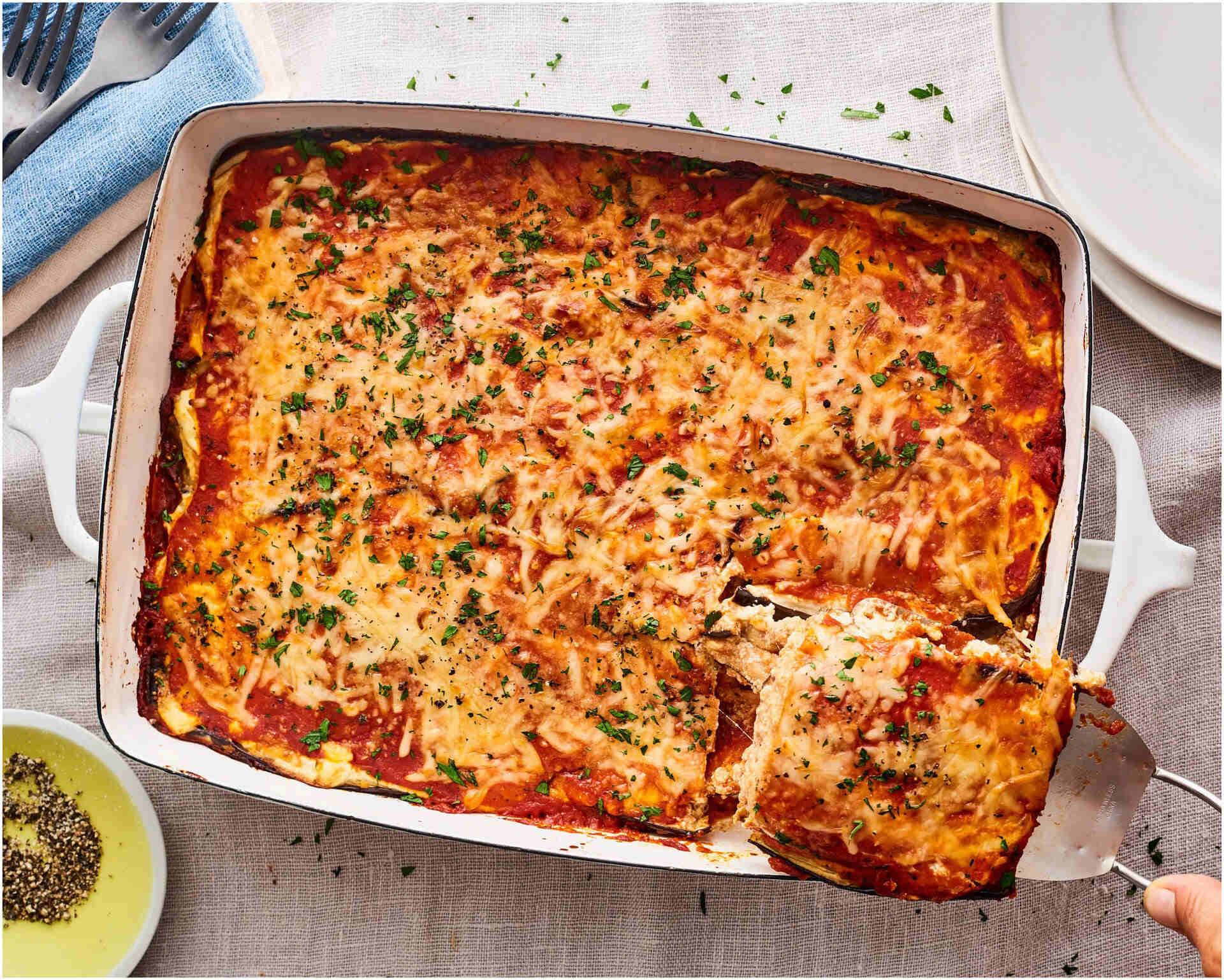
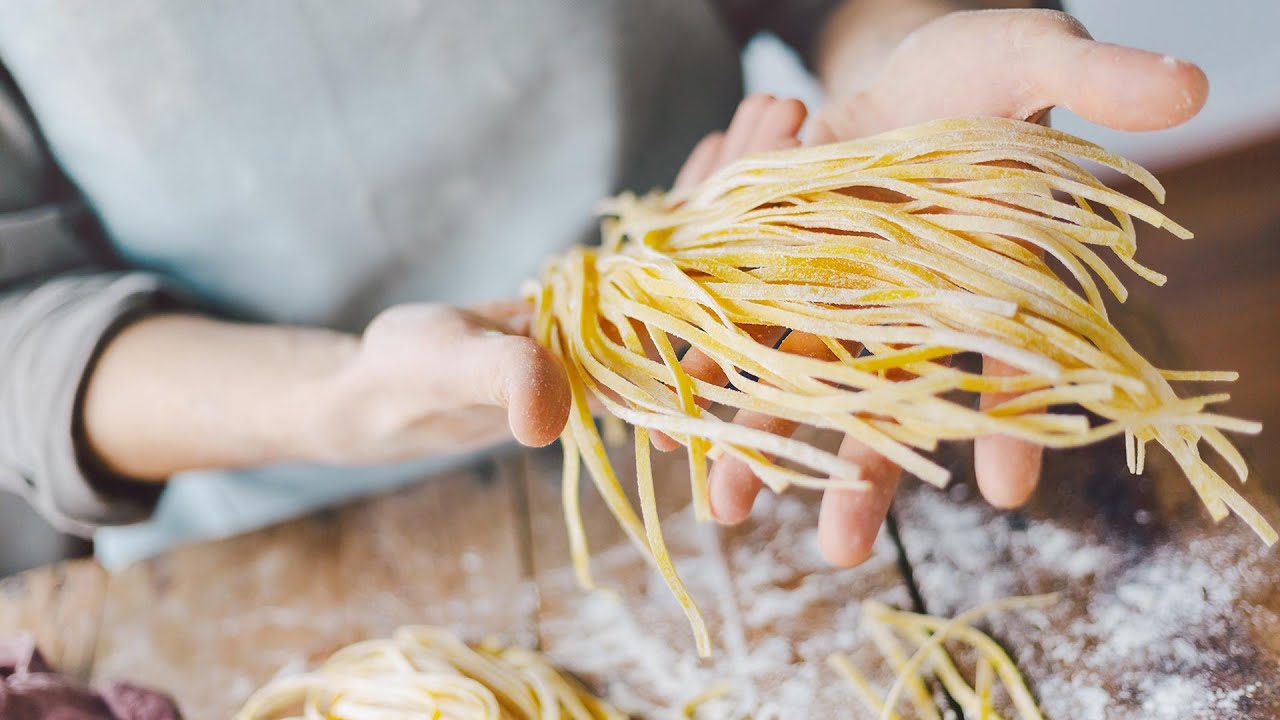
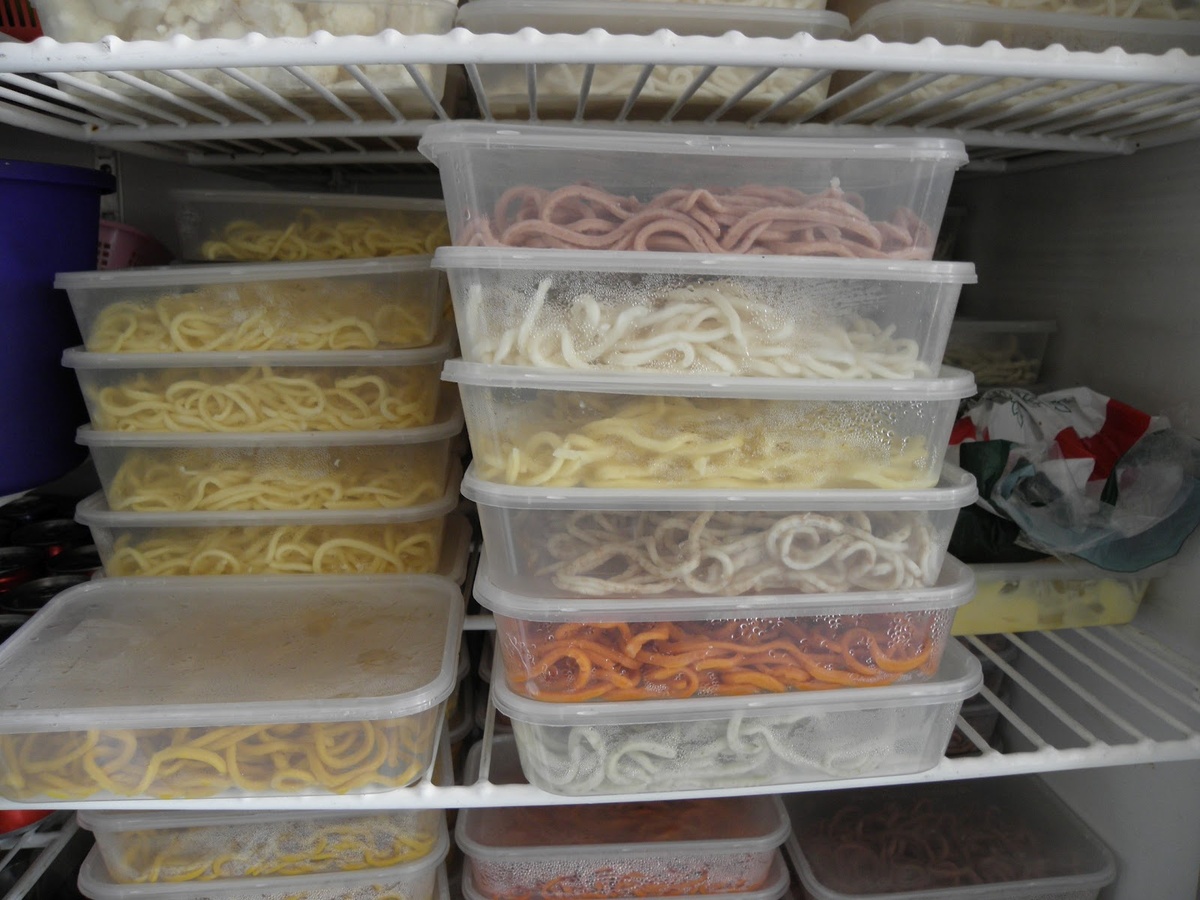
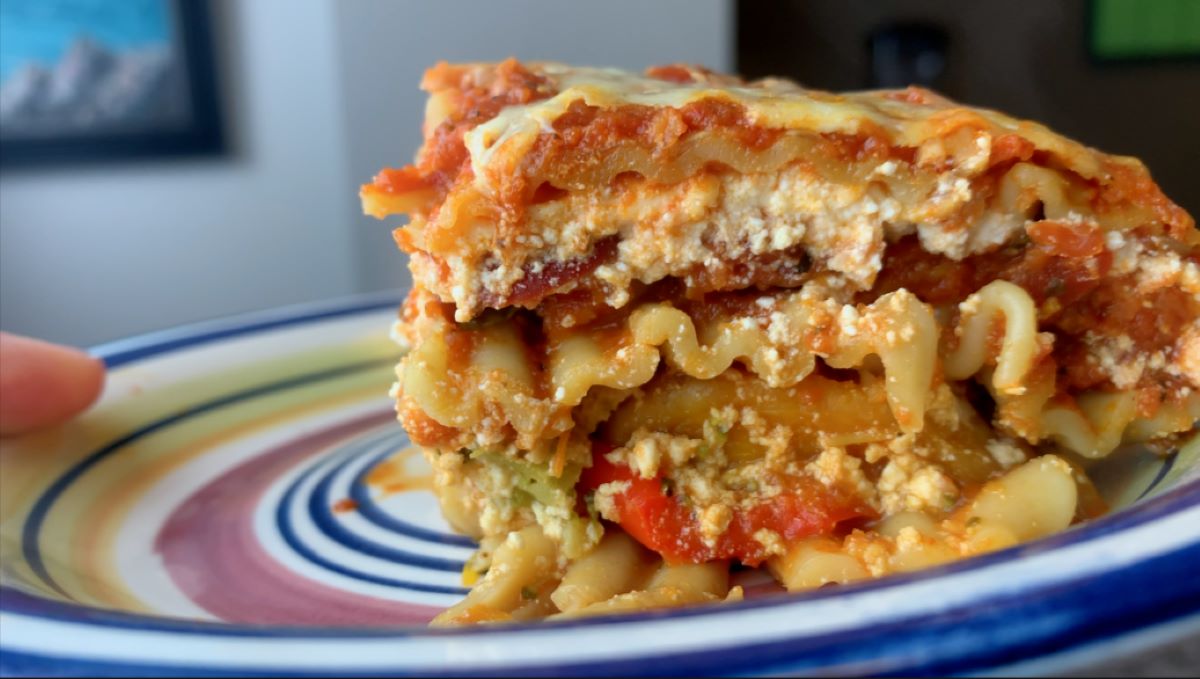
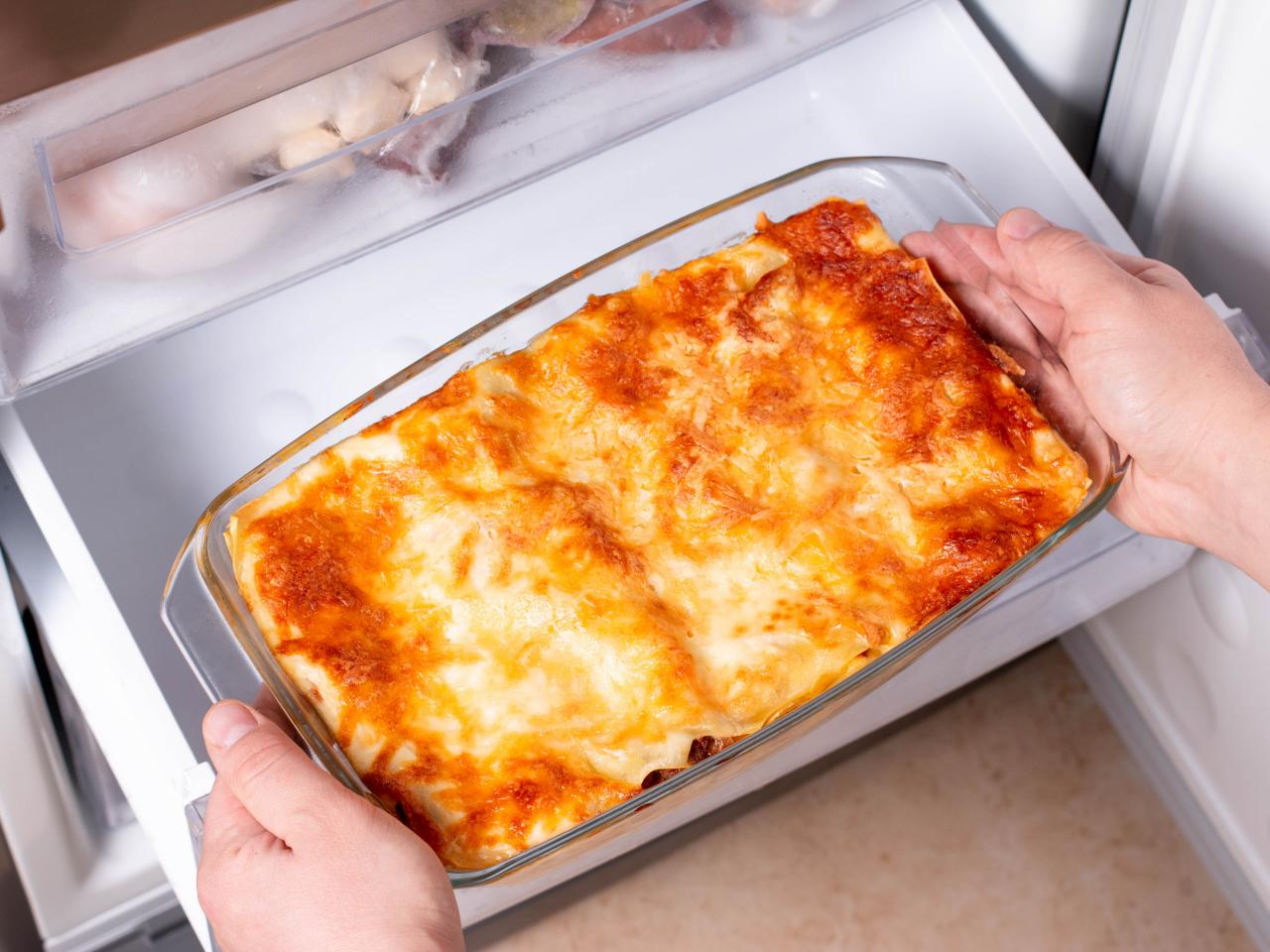


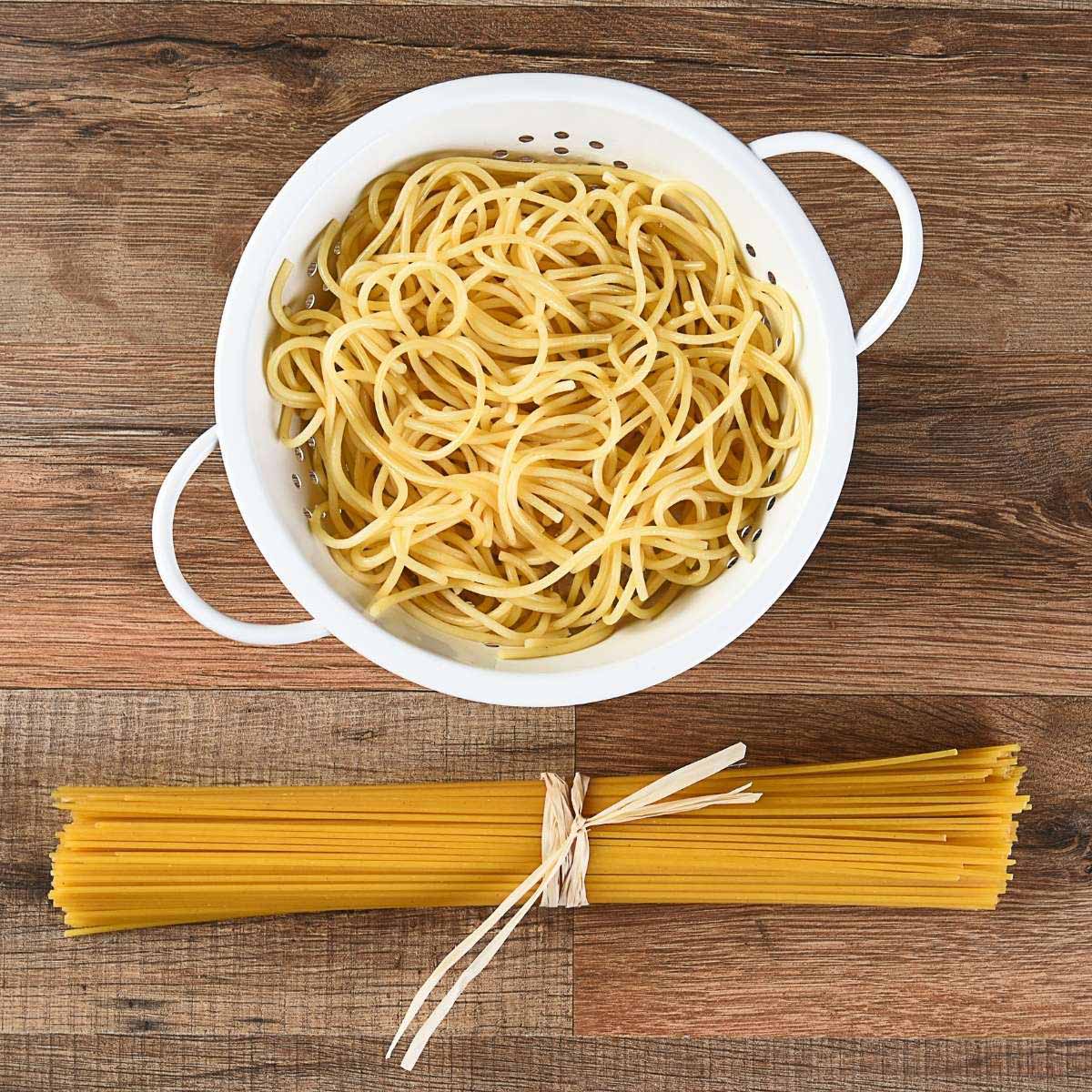

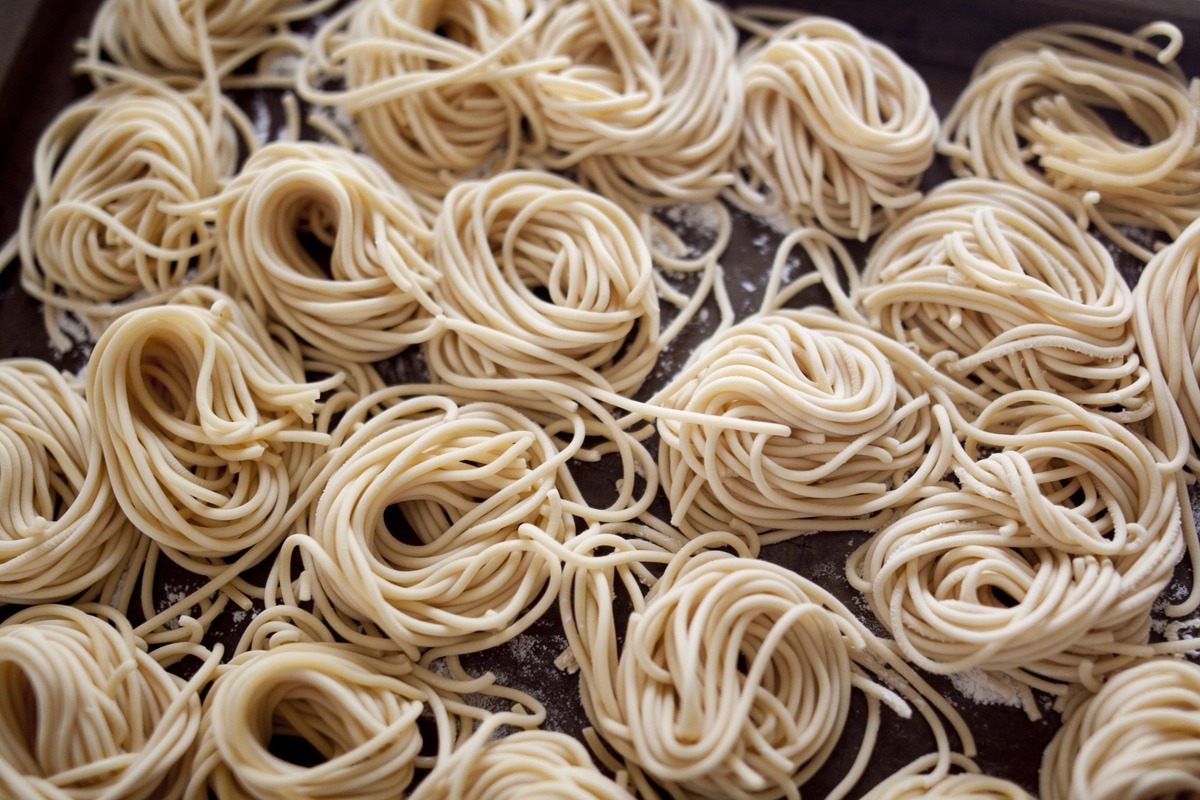
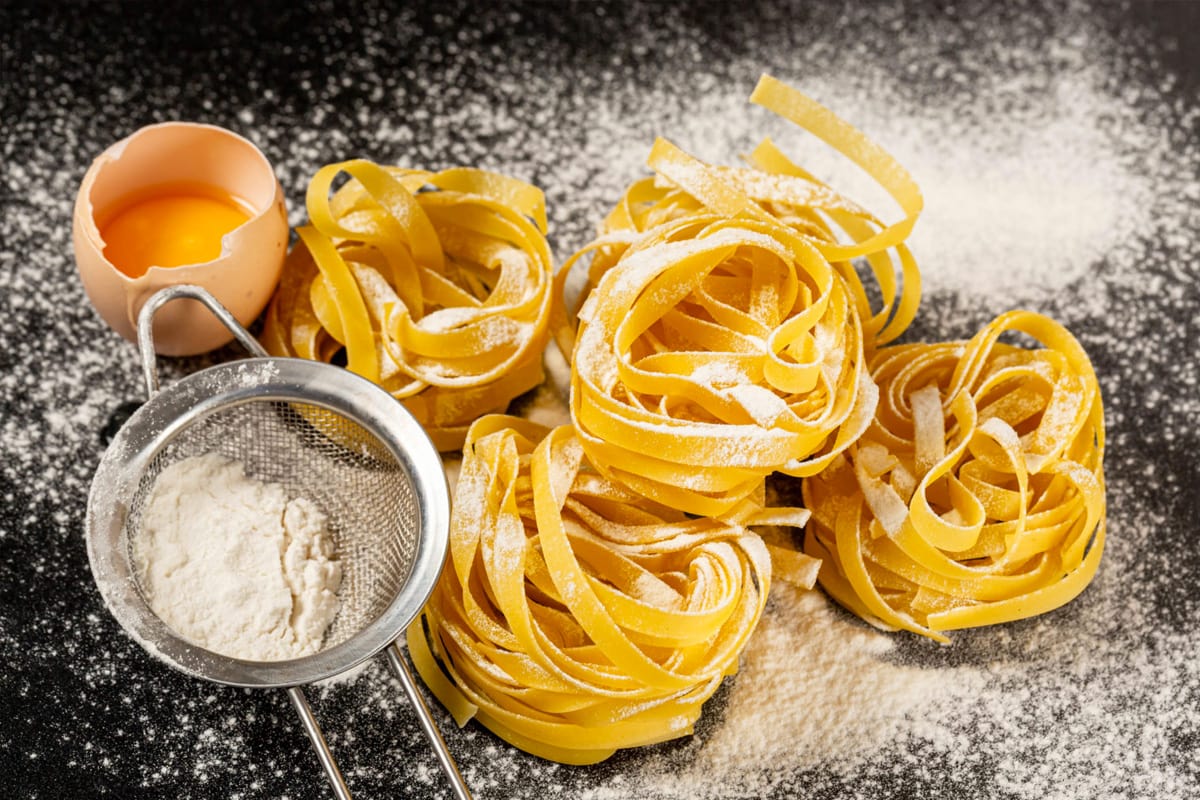


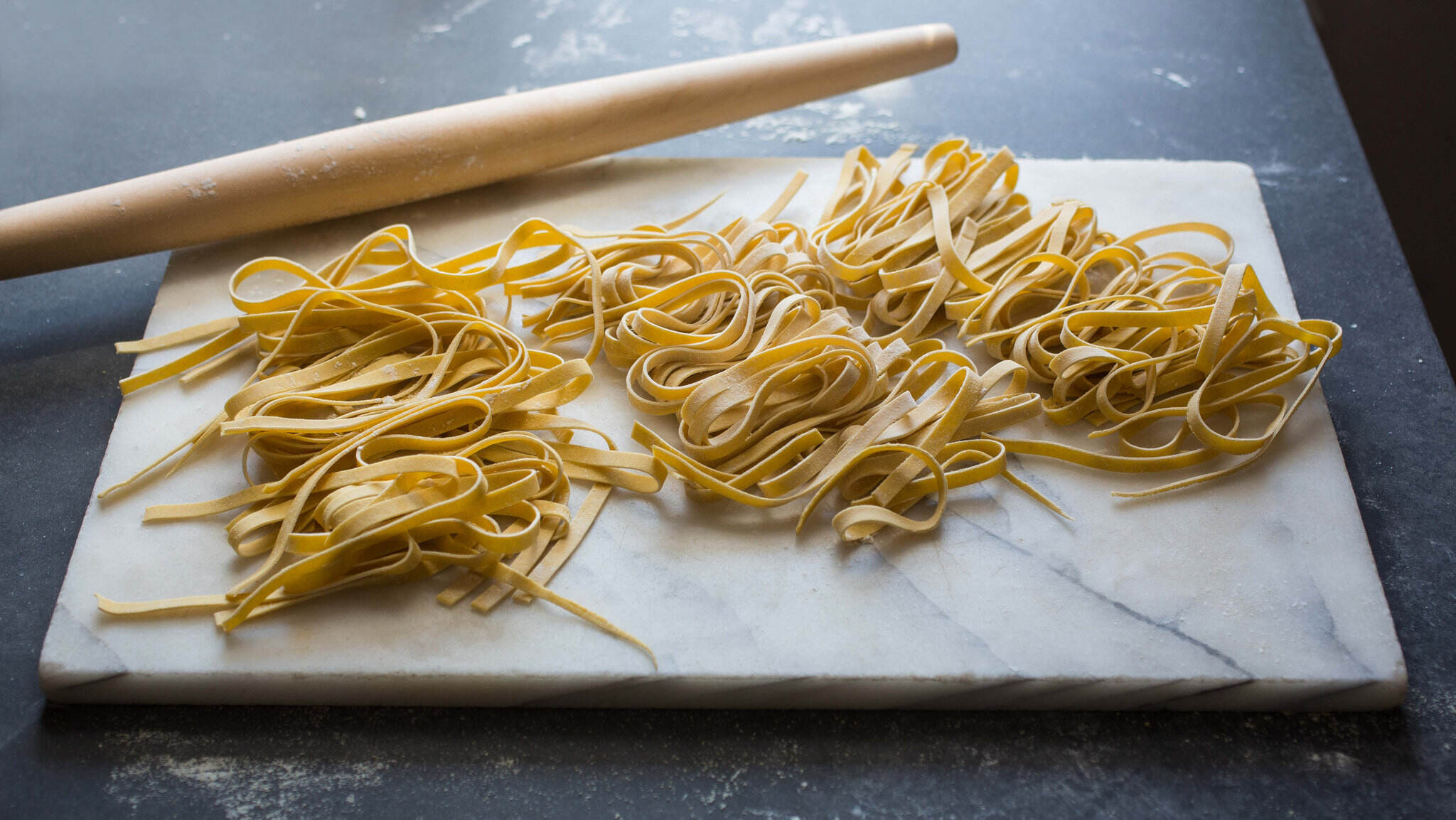

0 thoughts on “How To Store Cooked Lasagna Noodles”